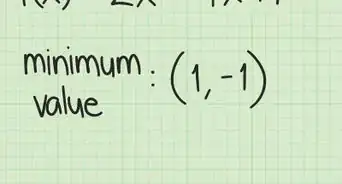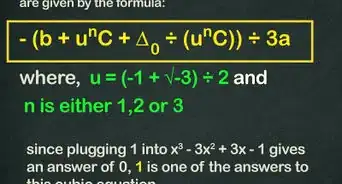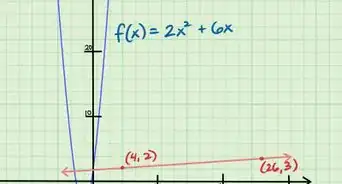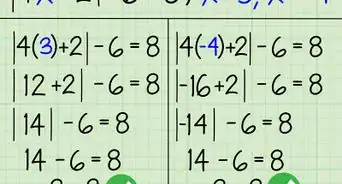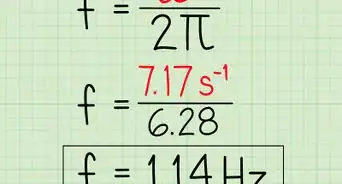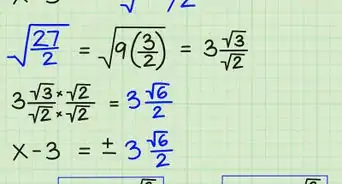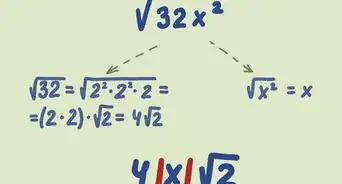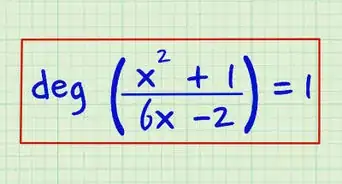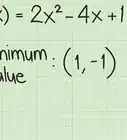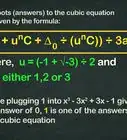This article was co-authored by wikiHow Staff. Our trained team of editors and researchers validate articles for accuracy and comprehensiveness. wikiHow's Content Management Team carefully monitors the work from our editorial staff to ensure that each article is backed by trusted research and meets our high quality standards.
Learn more...
Cramming for a math test? Struggling with a homework assignment on tables and functions? If this sounds like you, you’re not alone. Tables and functions can be hard to wrap your head around, and understanding how they work can make a big difference in your grade. The tricky part is that some tables are functions and some aren’t. So how do you tell the difference? It may sound like a hard question, but don’t sweat. There are a few dead giveaways that tell you whether a table is a function, and they’re easy to spot if you know where to look. Here’s a step-by-step guide on how to tell when a table is a function—and when it’s not.
Things You Should Know
- A function describes the relationship between an input variable (x) and an output variable (y).
- A table provides a list of x values and their y values.
- A table is a function if a given x value has only one y value. Multiple x values can have the same y value, but a given x value can only have one specific y value.
Steps
References
- ↑ https://www.britannica.com/science/function-mathematics
- ↑ https://www.mathsisfun.com/sets/domain-range-codomain.html
- ↑ https://www.mathsisfun.com/sets/domain-range-codomain.html
- ↑ https://www.mathsisfun.com/sets/domain-range-codomain.html
- ↑ https://www.mathsisfun.com/sets/domain-range-codomain.html
